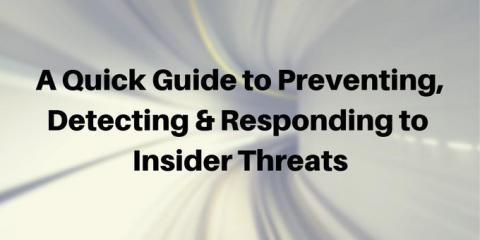The Infamous Password
Passwords may not be the favourite piece of your workday, however, I have a theory – if I could share with you the value of a password, and the reality of how simple they can be to create; then passwords may not be the monster you avoid.







